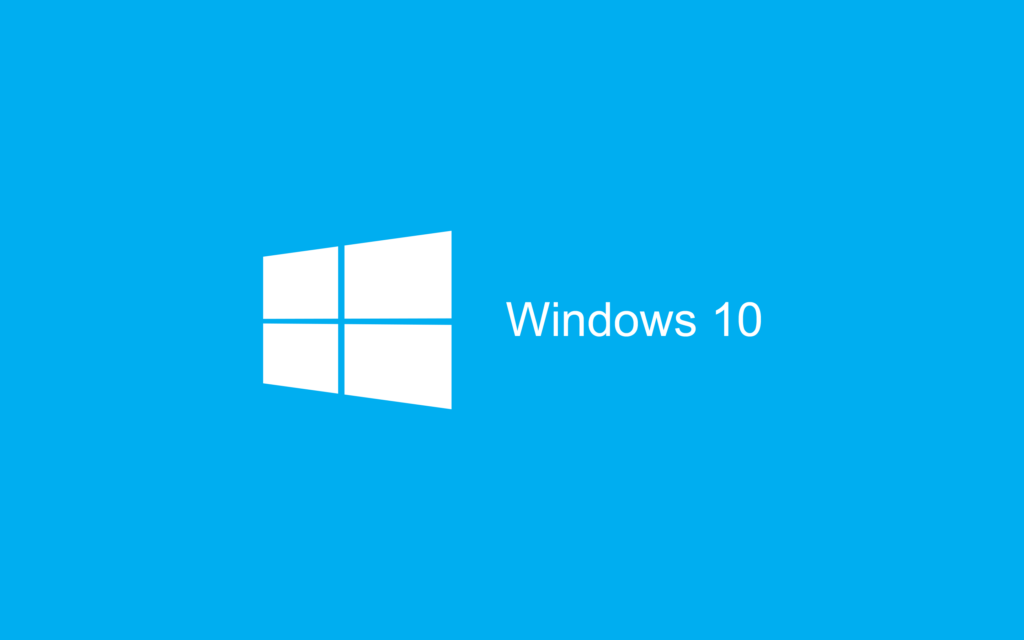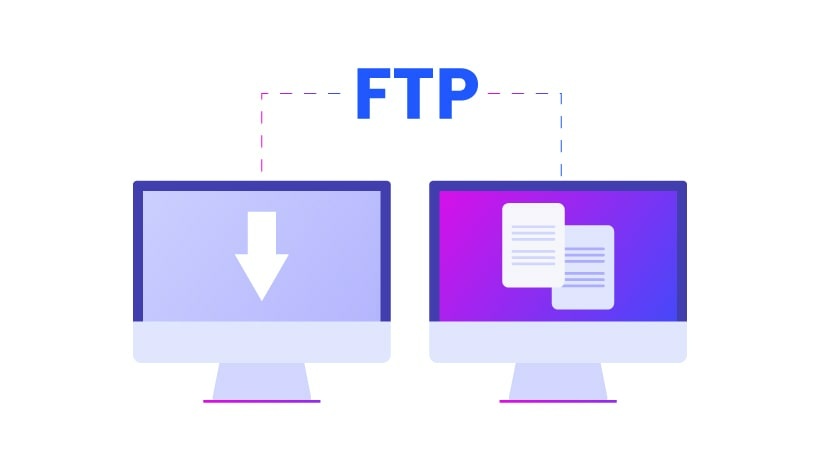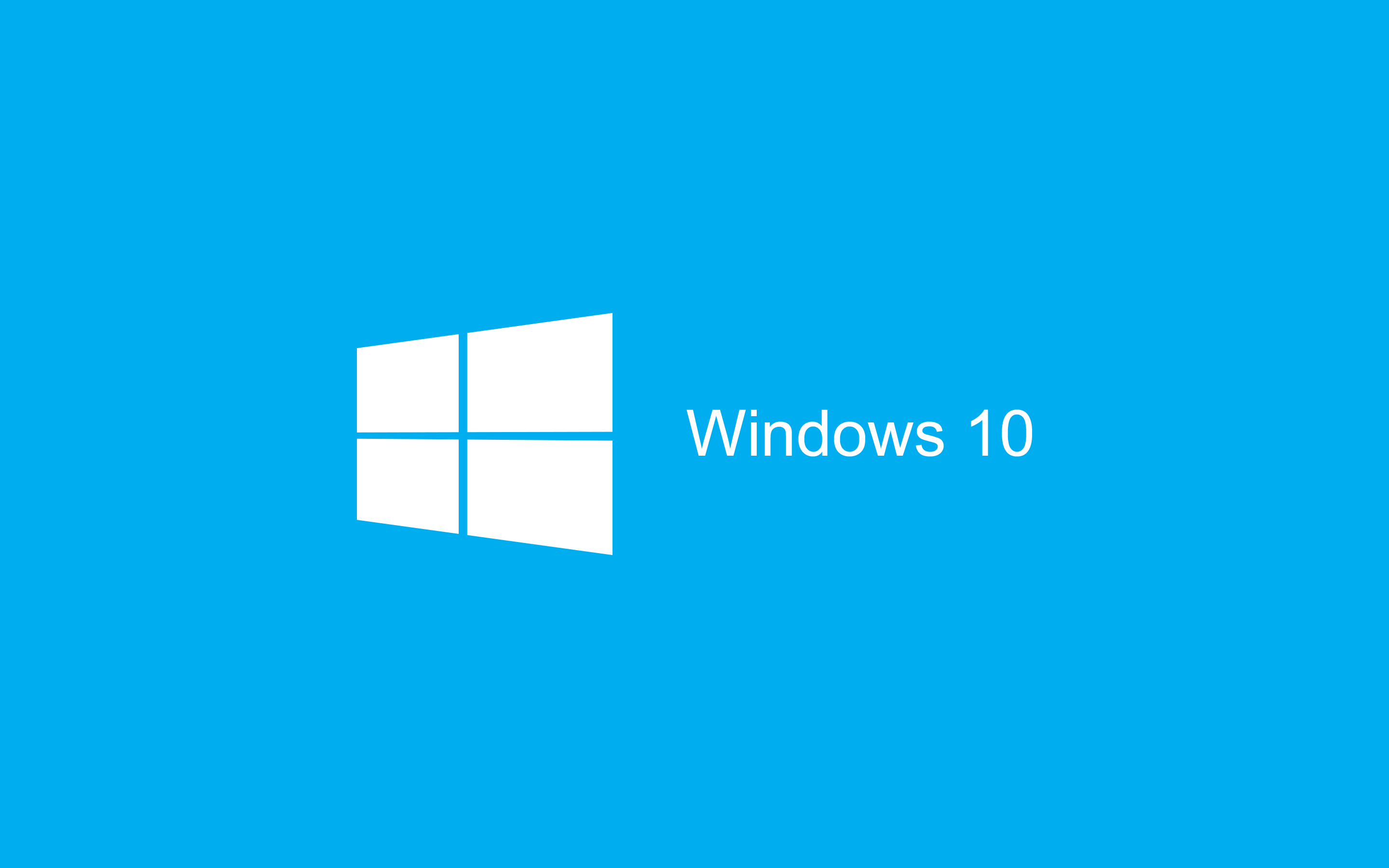How to Setup a Windows 10 Secure FTP Server

A FTP server serves as a foundational tool for sharing files across networks or systems. Its long-standing reliability and precision have made it a trusted method for file transfer over decades. However, using it carelessly puts you at danger for security issues like cyberattacks and data leaks.
Data transfer has become essential to both personal and business activities as we move towards an era characterised by automation and the continuous adoption of new technologies. As a result, it is crucial to guarantee the effectiveness and security of your FTP server file transfer.
Join us as we take you step-by-step through the process of setting up a secure File Transfer Protocol (FTP) server on Windows 10. Our goal is to provide you with the information and resources required to set up a dependable file transfer system.
Jump To...
Why Does a Secure FTP Server Are Important?
Standard FTP introduces security concerns that can compromise your confidentiality. For the following reasons, you must set up a secure FTP server on your Windows system:

MC Complex
To protect your data from hacking and cyber theft while it’s in transit, a Secure File Transfer Protocol (FTP) server, or FTPS server, applies encryption. This guarantees that private information stays private information stays private and that only those with permission can view it.
Robust and Accurate Authentication
A Windows File Transfer Protocol server can provide strong and accurate authentication techniques. Features like public key authentication that strengthen security measures against unauthorised access might be a part of this.
Data Integrity
Strong techniques are used by Secure FTP servers to prevent tampering during transmission, placing a high priority on data integrity. This guarantees that your data’s integrity is preserved and unchanged.
Regulatory Adherence
By allowing industries to have administrative and legal capabilities to meet legal requirements, FTPS servers protect sensitive data. This update highlights how important a secure FTP server is to adhering to regulations and safeguarding sensitive data.
Applications of FTP Server
The File Transfer Protocol (FTP) is a collection of rules and protocols used to move data between computers connected to a network. Let’s examine a few common situations where FTP servers are used in real-world settings.

Data Management for Websites
Web developers or website proprietors utilize a file server to transfer files to a web server. They may easily implement changes and upgrades to websites using this strategy.

Huge File Transfers
FTP is a dependable method for moving large files. It offers a way to upload or download files that could be difficult to send or receive through other channels.

Backup and Data Retrieval
Some businesses use the file transfer protocol (FTP) server in place of cloud storage services to backup their data to remote servers. FTP helps with data retrieval procedures as well.

Ways to Setup a Secure FTP Server on Windows 10
Windows 10 FTP Server Installation
Windows 10 comes with integrated components that make running an FTP server easier. Carry out the following actions:
- Press the Windows + X key combination to access the Control Panel.
- Choose the “Programs and Features” option.
- Select the link “Turn Windows features on or off.”
- Now, proceed to – Expand Internet Information Services > FTP Server option > FTP Extensibility > Web Management Tools.
- Click on Install to initiate the installation process.
Allow the system some time to complete the installation of the File Transfer Protocol server.
Windows 10 FTP Site Configuration
Create an FTP site by following these instructions after installing the required components:
- Press the Windows + X key combination to open the Power User menu.
- Select Control Panel.
- Navigate to Administrative Tools.
- Double-click Internet Information Services (IIS) Manager.
- In the Internet Information Services (IIS) Manager, right-click “Sites” and choose Add FTP site.
- Provide a name for your new File Transfer Protocol site and enter the path to the folder or create a new folder.
- Click Next.
On Binding and SSL Settings, set the SSL option to “No SSL” and leave other settings at default unless dealing with sensitive business information that requires an SSL certificate.
- Click Next.
- Choose Basic Authentication and Specified Users in Authorization.
- Enter the email address of your Windows 10 or local Windows account.
- Enable the options for Read and Write.
- Click Finish.
Congratulations, your configuration is now complete. You can initiate the FTP site.
Allowing a File Transfer Protocol Server Through a Windows Firewall
Usually, the Windows Firewall security function blocks connections that try to reach the FTP server. Take these actions to allow the FTP server to pass through the Windows firewall:
- Open the Start menu.
- Search for Windows Firewall and press Enter.
- Double-click the “Allow an app or feature through Windows Firewall link.”
- Click “Change settings” and ensure “Web server for FTP” is checked.
- Allow it on both Private and Public networks.
- Click the OK button.
You have successfully set up the Windows Firewall’s default settings with these modifications. For extra information, see the instructions included with any other security software you may be using.
Setting Up a Router for External Links
You must set up your router to forward port 21 in order to allow access to your FTP server from a local port on the internet. Adhere to this broad guidance:
- Press Windows + X and choose “Command Prompt.”
- Type “ipconfig” and press Enter.
- Take note of your router’s Default Gateway IP address.
- Open your web browser.
- Enter the router’s IP address and sign in with your credentials.
- Locate the Port Forwarding section.
- Create a new port forwarding rule with the following details:
- Service name (choose any name, e.g., FTP-Server).
- Port range: 21.
- PC’s TCP/IP address (found in Command Prompt with “ipconfig”).
- Local TCP/IP port: 21.
- Protocol: TCP.
- Apply the changes and save your router configurations.
By implementing these adjustments, your FTP server should now be accessible externally.
Using Any PC to Access the File Transfer Protocol Server
It is simple to gain access to an FTP server from any PC. Take these easy actions:
What you need:
- FTP server’s address (either its IP address or domain name)
- Username and Password
The FTP Server on Windows also provides anonymous access if you don’t have a username and password.
Accessing a File Transfer Protocol Server Through Browser
- Open your default browser.
- Type your Windows 10 IP address in the FTP link.
- Complete the basic authentication process.
- Press Enter.
You can also access it using Windows File Explorer or by using private FTP server client software.
Testing Windows 10's FTP Server
These simple methods will allow you to confirm that your FTP server is reachable from the internet:
- Go to Google or Bing.
- Search for “What’s my IP address?” and note it down.
- Access your FTP server and enter your default gateway IP address.
- If you encounter a login prompt, congratulations! Your FTP server is operational.
- Enter your username and password to access your files and folders.
Once confirmed that your FTP site server is functioning correctly, you can commence remote file transfers.
Does Windows 10 Allow Me to Create Multiple FTP Accounts?
Certainly, you can create multiple FTP accounts for various individuals on Windows 10. Here’s a guide on how to provide access to your server:
Step 1: Establish distinct Windows 10 user or personal user accounts for different individuals.
Step 2: Link each account with an FTP home directory.
Step 3: Define permissions for each user’s FTP home directory according to your desired access requirements.
Step 4: Replicate the process for additional users.
In Summary
Creating a safe FTP server on Windows 10 is a worthwhile undertaking that improves the security of file transfers. This essential instrument guarantees strong user authentication, maintains data integrity, and facilitates regulatory compliance. After configuration, connecting to the FTP server from any PC is simple. Follow the instructions to the letter, and make sure your firewall allows FTP access for a smooth experience.
Frequently Asked Questions
Yes, Windows 10 has a built-in FTP application called “ftp.exe.” With the command-line interface, users can connect to FTP servers and enable file sharing with this program.
You don’t need to expand the FTP Server! There are no limitations on sharing files and data through the FTP server. The file size will only impact the transfer time.
It is a command-line utility designed to establish connections between the FTP client and servers. Primarily, FTP commands are employed for exchanging files between local and remote hosts or between two remote hosts.
File managers in older versions of Windows 10 and Windows 7 enable you to access your FTP server without the need for additional external applications.
The steps may vary slightly in Windows 11 due to interface differences. To establish an FTP server, you’ll need to enable FTP in Windows Features, configure the server, set permissions, and provide FTP site details. Overall, the procedure is essentially similar from Windows 10.
Certainly! Users have the capability to establish their secure FTP server on Windows. This allows them to ensure the confidentiality of their file transfers. Configuring an FTP server with secure options such as FTPS (FTP Secure) or SFTP (SSH File Transfer Protocol) can significantly enhance data security.
To share files from an FTP server, you typically utilize an FTP client application or the built-in FTP server. By entering the server’s address and your credentials, you can securely download or upload files.
The location of the FTP folder on the server is dependent on your Windows server manager configuration. When setting up the server during the setup process, you define the root directory or FTP home directory.
Microsoft offers FTPS access for various purposes, including Internet Information Services, but it does not maintain a public FTP server for general use.
Yes! You can install FTPS client apps from the Google Play Store to use the FTP server on Android devices. However, it’s important for both your PC and mobile to be connected to the same Wi-Fi network.




